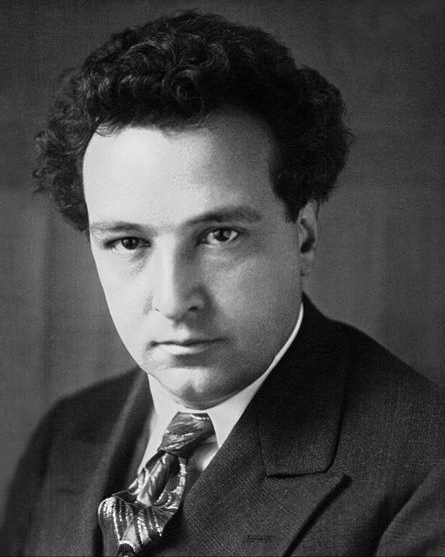The "Group of Six" is a musical composition group in 20th-century France, composed of six people. In early 1920, the French journalist Collet published an article in the magazine Comedy: "The Russian Five, the French Six, and Satie", and the name "Six" was born. The six composers were Arthur Honegger (1892–1955), Darius Mihaud (1892–1974), Trancis Poulenc (1899–1963), Georges Au-ric (1899–1983), Louis Durey (1888–1979) and Cermaine Tallfere,1892—1983)。
The "Group of Six" was founded because all 6 of them opposed the music and impressionist music represented by Wagner, and advocated a simple and fresh creative style. But over time, 6 people started to think differently. Two or three years after the formation of the "Six", they rarely participated together anymore.
The creation of the "Group of Six" is not entirely neoclassical, they rarely use the song structure and musical materials of classical music, and their neoclassical music creation tendency is mainly reflected in their fresh and simple musical style. Among the "Six", the most famous and more creatively advanced are Oneg and Milgio.
Arthur Honegger (1892–1955) was a French composer and member of the "Six".

Oneig
Born in Le Havre, France, Oneg studied at the Zurich Conservatory and received a German music education. A 19-year-old man at the Conservatoire de Paris, he was influenced by Impressionism. From 1914 to 1915, he served in the Swiss military service, returned to Paris after the war, became a member of the "Six", and then devoted himself mainly to composing music.
Oneg's music is more stylistic with the stylistic characteristics of the Main Deo Romantic Music, and the Impressionist musical style can also be seen in some works. Oneg created about 200 works in a wide range of genres, among which the representative works are:
The opera King David (1921) was Oneg's most famous work, a work based on biblical stories, which was later often performed in concert. The orchestral piece Pacific 231 (1923) used uncorruptive harmonies and rapidly changing beat rhythms to mimic the entire process of locomotive starting, running, and stopping, and had a certain influence on later music. Oneg wrote five symphonies, the most representative of which are the Second Symphony (1941), the Third Symphony (1946), and the Fifth Symphony (1950).
Oneig: Opera "King David" (audio version) (1921); orchestral piece "Pacific 231";
Oneig: Symphony No. 2 (1941), Symphony No. 3 (1946), Symphony No. 5 (1950)
Darius Milhaud (1892–1974) was a French composer.
Moyo
Born into a Jewish family in Provence, France, Miyo began studying violin and composition at the age of 7. In 1909, at the age of 17, Milyang entered the Conservatoire de Paris. In 1916 he became Secretary of the Minister to Brazil. After returning to Paris in 1918, he became a member of the "Six" in 1919. During World War II, Moyo moved to the United States. In 1947, he taught composition at the Conservatoire de Paris and mills colleges in California and the Aspen Conservatory in Colorado.
Often referred to as "one of the most diligent composers of the century," Moyo wrote more than 400 works in his lifetime, including operas, dances, oratorios, children's plays, theatrical scores, film music, symphonies, concertos, string quartets, piano songs, choruses, solo songs, and more. This was a very rare situation in the 20th century. Miyo's music is very emotional, he usually gets what experience in life, he will then create a work for this, perhaps this is why he is so productive.
There is no clear division of periods in Miyo's life' work, and his creative styles at different stages are basically the same. The main features of his music are polytonalism and a focus on melody, which is why his music is considered to have classical musical tendencies. In the 20th century, it was not easy to maintain the creation of tonal music. Miyo's representative works include:
Orchestral piece of The Suite of Provence (1937) composed for his hometown of Provence.
Oneig: Orchestral Suite of Provence (1937)
Brazilian Memories of Brazil, a piano suite composed of Brazilian folk music (1921)
Oneig: Piano Suite "Brazilian Memories" (1921)
Double piano work The Harlequin (1937)
Oneg: The Harlequin for Double Piano (1937)